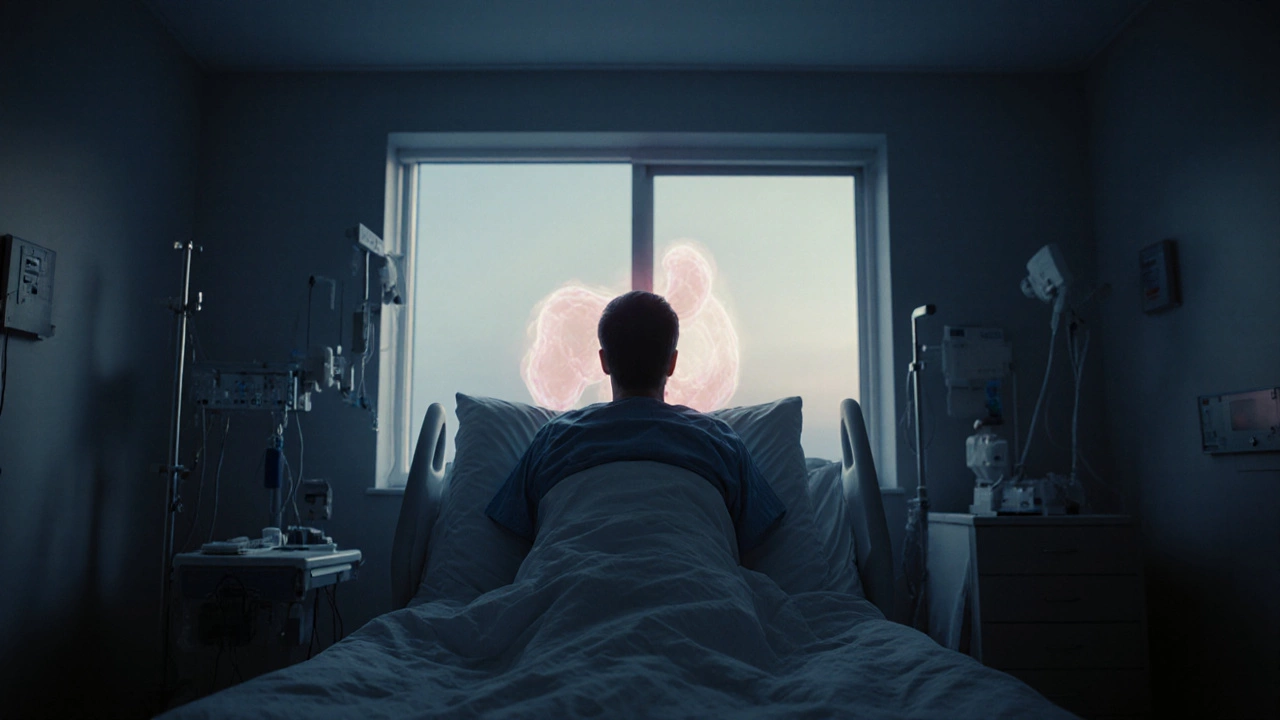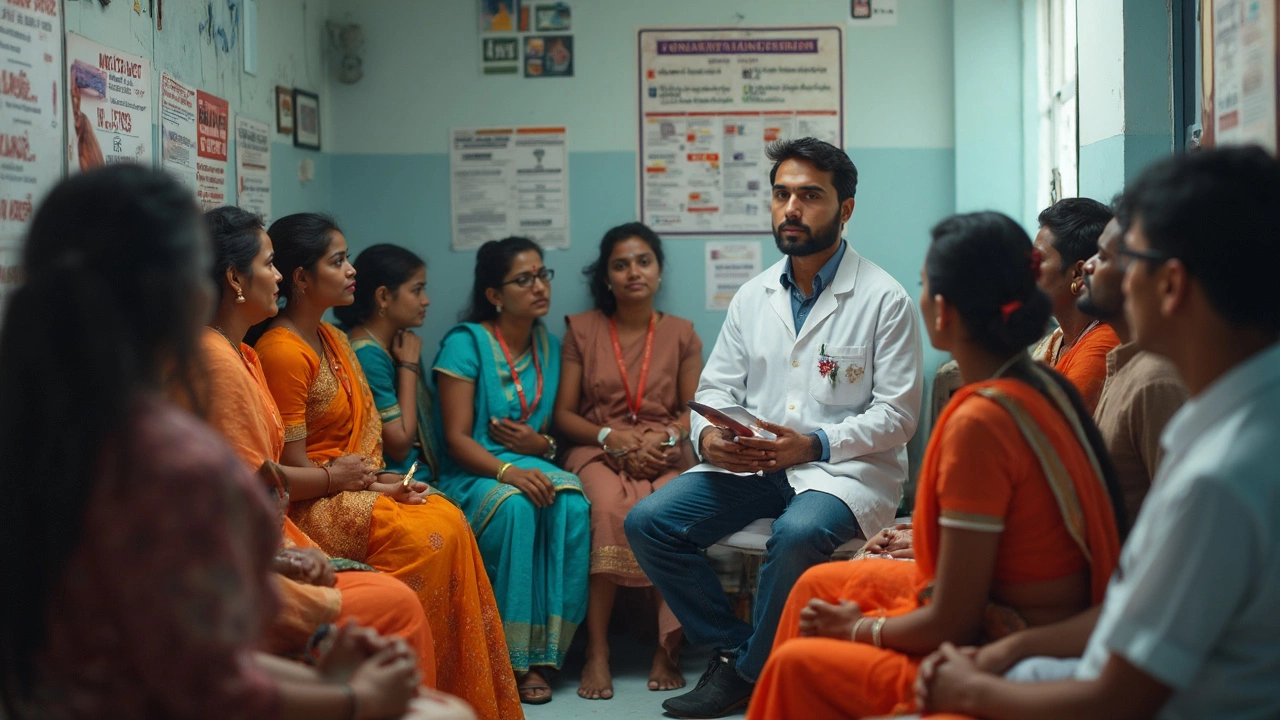Deadliest Cancers – What Makes Them So Lethal?
When you hear the word “cancer,” it’s easy to picture a scary, unstoppable disease. But not all cancers behave the same way. Some grow fast, spread early, and leave very little time for treatment. Knowing which cancers are the toughest can help you watch for warning signs and act fast.
Top 5 Most Aggressive Cancers
Pancreatic Cancer – It hides deep inside the abdomen, so symptoms often show up late. By the time doctors spot it, the tumor has usually spread. Survival rates stay below 10% worldwide.
Glioblastoma – This brain tumor spreads quickly into surrounding tissue. Surgery can’t remove it all, and chemo‑radiation only buys a few months. Most patients survive under two years.
Lung Cancer (Small‑Cell) – Small‑cell lung cancer multiplies fast and spreads through the bloodstream early. Even with aggressive chemo, five‑year survival hovers around 5%.
Ovarian Cancer – Often called the “silent killer” because early symptoms mimic menstrual issues. Late‑stage detection drops five‑year survival below 30%.
Acute Myeloid Leukemia (AML) – A blood cancer that overwhelms the marrow within weeks. Older patients have especially poor outcomes, with overall survival under 40%.
How to Spot Warning Signs Early
Most deadly cancers share a few red‑flag symptoms. If you notice any of these for more than a month, talk to a doctor right away:
- Unexplained weight loss – dropping pounds without changing diet or exercise.
- Persistent pain – especially in the abdomen, back, or bone.
- New lumps or swelling – even if they feel small or painless.
- Changes in bathroom habits – blood in stool, frequent urination, or sudden constipation.
- Unusual fatigue – feeling wiped out after a short rest.
Don’t wait for a “tumor” label. Early scans, blood tests, and biopsies can catch many of these cancers before they spread. If you have a family history of pancreatic, lung, or ovarian cancer, ask your doctor about regular screening.
Knowing the numbers also helps. For example, the five‑year survival for pancreatic cancer is around 9%, while breast cancer tops 90% when caught early. These gaps show why early detection matters more than any fancy treatment.
Besides medical checks, simple lifestyle tweaks can lower risk: quit smoking, limit processed meat, stay active, and keep a balanced diet rich in fruits and veg. They won’t guarantee safety, but they reduce the odds of the toughest cancers forming in the first place.
Finally, keep a record of any new symptoms. Write down when they started, how often they happen, and what makes them better or worse. This notebook saves precious time during a doctor’s visit and can speed up the diagnostic process.
Facing the deadliest cancers isn’t about living in fear. It’s about staying alert, getting screened, and acting fast when something feels off. The more you know, the better your chances of catching a dangerous cancer early enough to fight it effectively.

What cancer is hardest to survive? The deadliest types and why
Pancreatic cancer, glioblastoma, and lung cancer have the lowest survival rates due to late detection and resistance to treatment. Learn why these cancers are so deadly and what’s being done to change the odds.

Deadliest Cancers: The Top Three You Need to Know About
This article breaks down the three deadliest cancers, spotlighting how they kill, why they're so hard to treat, and what warning signs to watch for. You'll learn why certain cancers are more dangerous than others and what the survival rates look like these days. Get tips on early detection, treatment options, and simple changes that can reduce your risk. It's real talk about cancer—straight to the point, easy to understand, and focused on the facts that matter.

Top 3 Killing Cancers: The Deadliest Threats and How to Fight Back
This article breaks down the three deadliest cancers worldwide, revealing why they're so dangerous and how they can be spotted early. Get up-to-date facts, practical prevention tips, and advice on what to do if you're at risk. Understand how treatment is evolving and what to watch for in cancer research. All details are simple, easy to follow, and based on real numbers and real life. Take steps today to protect yourself and your loved ones from these silent killers.

Top 3 Deadliest Cancers: What You Need to Know
Cancer remains a leading cause of death worldwide, but some cancers are particularly dangerous. Understanding the top three deadliest cancers can help us recognize symptoms earlier and explore potential treatment options. Learn about the challenges in treating these cancers and some ongoing research that offers hope. Armed with knowledge, we can better navigate the complexities of cancer diagnosis and care.




